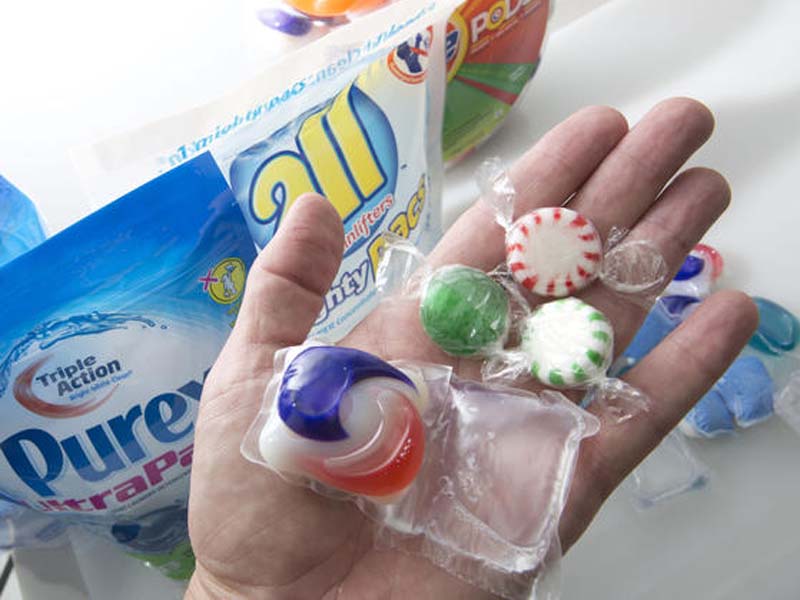Children are at serious risk of eye damage from common cleaning products, ophthalmologists warn
Children are being placed at risk serious of eye damage from common cleaning products as well as routine exposure to sunlight, ophthalmologists have warned.
Sydney opthalmologist Dr Shanel Sharma spoke to The Medical Republic after JAMA Opthalmology last week reported a 32-fold increase in just three years in ocular burns to US preschool children caused by laundry detergent pods.
The single-use pods dissolve on contact with water, releasing the highly alkaline detergent. The sharp rise in burns to the eyes of children aged three to four – from 12 cases in 2012 to 480 in 2015 – has been linked to the products’ colourful packaging and “candy-like appearance”.
Dr Sharma, a paediatric ophthalmologist, said she had not come across such cases so far. She checked with paediatric eye registrars at two Sydney children’s hospitals and said they were also unaware of an association between detergent pods and ocular burns in children.
However, eye injuries from alkaline cleaning products and pool chemicals were common, and GPs should know they required immediate, copious irrigation and urgent attention by an ophthalmologist or at a hospital emergency department.
“The long-term consequence of not getting the pH down as quickly as you can is that the cornea can be scarred, and (a patient) may end up needing transplantation of the cornea or quite invasive treatments if you can rehabilitate the eye.”
Dr Daya Sharma, a corneal sub-specialist who practises in partnership with his wife, said the American report on detergent pods was an important reminder to GPs about the danger of chemical eye injuries from household cleaning agents.
“From a public health viewpoint, the packaging of these kinds of (high-alkaline products) should be made less attractive to children,” he added.
A parent should put an affected child under the shower rather than worry about what drops to use to flush the eye, he said.
“Sometimes we irrigate for half an hour. We can’t expect a parent to be able to measure the pH.”
Dr Shanel Sharma also urged GPs to caution patients about proven links between UV damage during childhood and cataracts, pterygium, pinguecula, skin cancers of the lower eyelid, and possibly macular degeneration.
Among the generations of Australians who did not wear protective, snug-fitting sunglasses as children, everyone would develop cataracts if they lived long enough, she said.
“The UV light that goes in the eye is direct light when the sun is rising, overhead light when the sun is high and light reflected off the ground.”
Dr Sharma said a study of children in the Sydney suburb of Randwick using a fluorescence technique found no ocular UV damage in the 3-8 age group, but a 33% incidence in the 9-11 age group. In the 12-15 age bracket, the damage rate was 80%, and 33% already had an eye disease.
“We see cases diagnosed as conjunctivitis which are actually UV damage,” she said.
“We’re now so good at cataract surgery, we can give you awesome vision. But it would be better if you didn’t have to have the surgery.”


